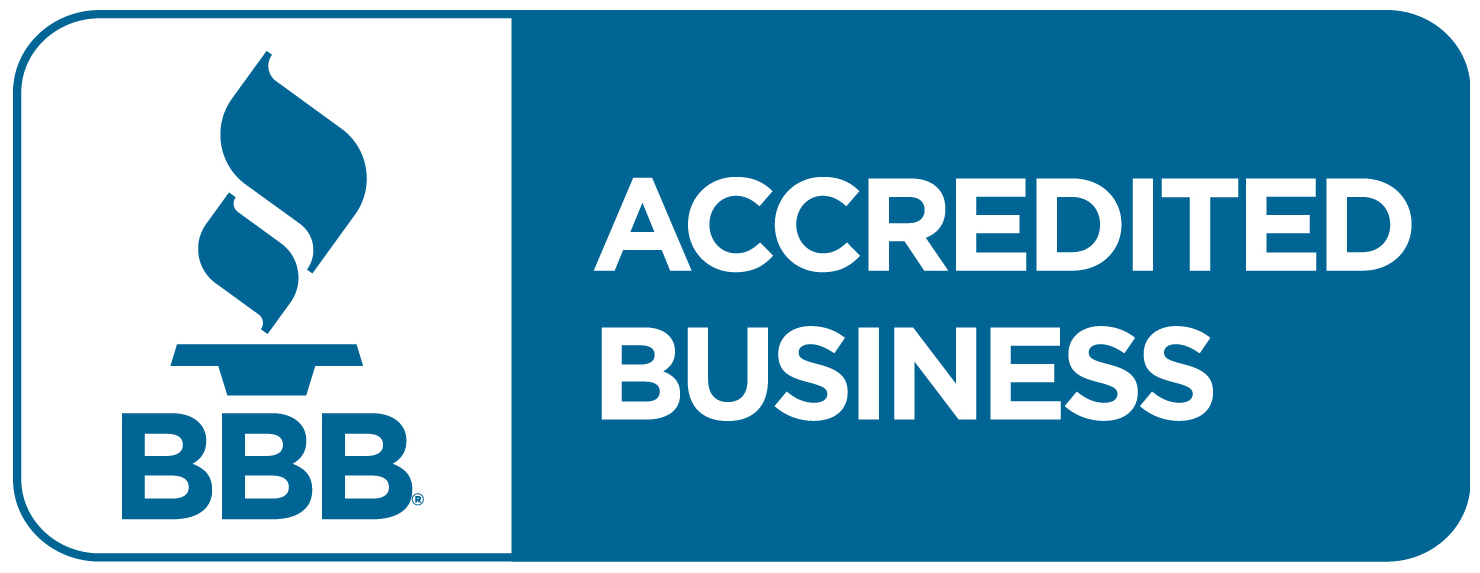See Also:
Accounting Depreciation
Account Reconciliation
Cash Flow Projections
How to Develop a Daily Cash Report
Future of the Accounting Workforce
Accounting Fraud Prevention
A small business owner typically cannot afford to hire enough people to have proper separation of duties to gain the internal controls needed to prevent accounting fraud.
Using Internal Control and Prevent Accounting Fraud
Every business owner can achieve accounting fraud prevention by taking these simple steps:
1. Open the Bank Statement Yourself
Every small business owner should receive the unopened bank statement. Then they should review each check for authorized payee and signature and approve electronic payments. Only after they do the above should they give it to the bookkeeper.
2. Don’t Let Your Bookkeeper Reconcile the Bank Account
The person who pays the bills should never reconcile the bank account. That’s how they cover their tracks. If you don’t have someone else to do it, then this is an easy function to outsource.
3. Close the Prior Accounting Periods
Once you produce a financial statement, that period should be “closed”. As a result, this reduces the risk of hiding a fraudulent transaction in a prior year.
4. Attach Scanned Images to Each Accounting Transaction
Most fraud occurs from check tampering. For example, the bookkeeper changes the payee to themselves. Prevent accounting fraud by scanning the bill and linking it to each accounting transaction.Thus, this makes it harder to fake a bill.
5. Set Up Username for Each User
If your staff login as “Administrator,” then you have no idea who made what entry. Set up a username for each user that way you can track who did what and when.
6. Restrict User Access
Make sure you have separation of duties between authorization, record keeping, and custodial responsibilities for each accounting transaction.
No system of internal control should be built on trust. The best accounting practice is to separate out the following functions: authorization, record keeping, and custodial responsibility for assets in each accounting transaction.






















